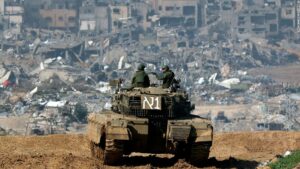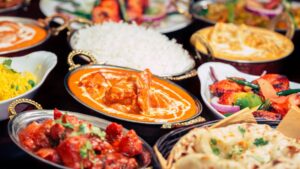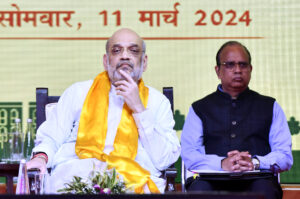All the king’s men – Leisure News
[ad_1]
Sant Kabir, both a Hindu and Muslim and neither, and a fleeting character in Ira Mukhoty’s brilliant biography of Jalal al-Din Muhammad Akbar, shared something exceptional with the third Mughal Emperor. Brajbhasha! Mukhoty, whose effortless prose is one of her hallmarks besides psychological acumen, salvages Akbar, the polymath and human, from bickering symbols, politics and ‘bastardised cuisines’ of our age.
Akbar saw lutes from Mongolia married to the ragas of Hindustani classical music, the rebirth of Dhrupad, and adopted Brajbhasha, the dialect of Awadhi Bhakti poets from Tulsidas in the 16th century to Wajid Ali Shah in the 19th, for his court. For readers who know that the first ever Persian translation of the Ramayana was commissioned in the emperor’s reign, or that the Mahabharata was copiously copied and orally circulated at this time, it may be puzzling to think of the communal frictions associated with the return of these epics on Indian television.
Abdul Qadir Badayuni, Akbar’s historian who translated ‘Hindu’ epics into Persian and authored a history of medieval India, lamented the king’s cosmopolitanism that began with the arrival of Birbal and Tansen, between 1556 and ’62. The latter was “the greatest gem of the Baghela court” of Raja Ramachandra. If Abul Fazl compiled the gigantic Akbarnama, Akbar’s aunt Gulbadan penned a memoir of the court’s women, and an anonymous Brahmin wrote Allopanisad (Allah’s Upanishad). Combined with the flourishing of Mughal miniature paintings, these artistic gems were seen as achievements on par with Akbar’s architectural wonders in Agra or Fatehpur Sikri or his territorial acquisitions. His domain expanded from the Gangetic belt he inherited from Humayun to the Deccan, beyond Daman on the banks of Godavari, and Gondwana on the Mahanadi. Europe sent its diplomats to his court, Jains conferred with him and his Jesuit friends oversaw translations of the Gospel into Persian.

Assessing these frenzied fusions of Indian, Asian and European cultures that Akbar spearheaded, Mukhoty sketches him as a humanitarian, although flawed, sentimental, poetical, raging and remorseful, but preserving “an enigmatic, entirely unknowable, and still core”, like any proponent of Nirguna Bhakti or Sufi ideals. Despite modelling himself as a Renaissance man, Akbar was often disoriented by pigeon-fights, kite-flying or spiders weaving their webs, a romantic eclecticism he was at no pains to conceal.
The old Emperor was aggrieved equally by his warring sons and the passing away of his artistes. All his ecumenism, self-aggrandisement, administrative, economic, political and cultural experiments strove to cultivate the dignity of his citizens.
Akbar, also a history of philosophers, musicians, painters, storytellers, experts, scientists and women in Mughal India, is another inspiration for us to revive our admiration for scholars, historians and especially doctors and nurses, which we discarded before the outbreak of the uncertain war against Covid
[ad_2]
Source link







